If you are from Philadelphia and the surrounding vicinity, you are very familiar with the Mummer’s Parade. I am not sure about widespread knowledge of this event. Some of my readers may be saying “What’s a Mummer?”
On January 1, 1876, in honor of the American centennial, the first area-wide New Year’s Day Mummers’ Parade is held in Philadelphia, Pennsylvania.
Mummers’ celebrations in America date back to colonial times, when the boisterous Swedish custom of celebrating the end of the calendar year with noise making and shouting was combined with the tradition of the British mummery play.
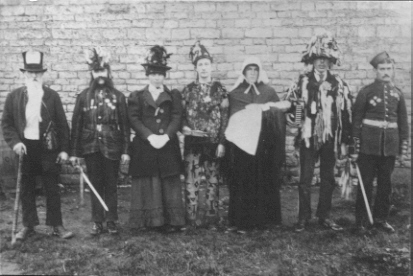
British mummers. Source: http://www.artintheage.com.
Reciting doggerel and receiving in return cakes and ale, groups of five to 20 people, their faces blackened, would march from home to home, shouting and discharging firearms into the air while burlesquing the English mummers’ play of St. George and the Dragon.
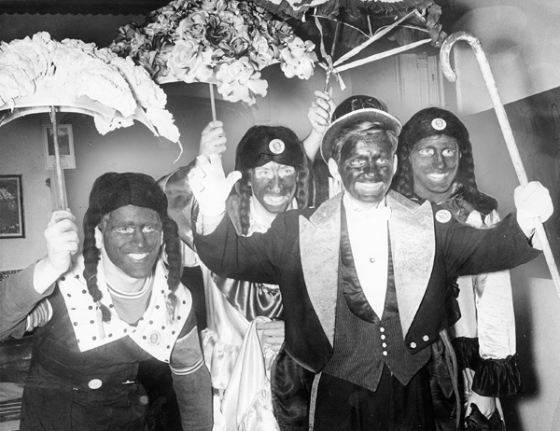
Why blackface still dogs the Mummers 50 years after it was banned :: Cover :: Philadelphia City Paper
Philadelphia, which had a sizable Swedish population, was the center of America’s mummers’ celebrations.
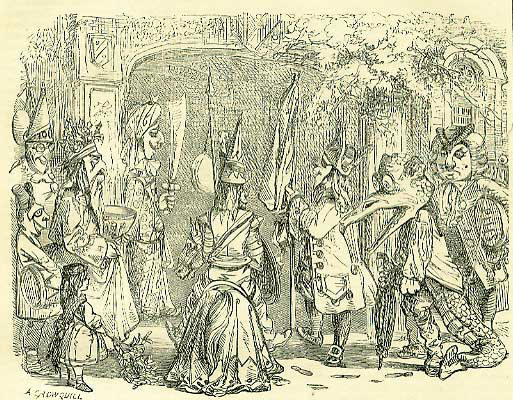
The engraving delineates a motley group on such an occasion as we are describing. First is seen Old Father Christmas, bearing, as emblematic devices, the holly bough, wassail-bowl, &c. Beside him stands a pretty little girl, carrying a branch of mistletoe. Then come the Grand Turk, the gallant knight, St. George, and the latter’s antagonist, the devouring dragon. A doctor is also present with a large box of pills to cure the wounded. Drums and other music accompany the procession, which, moreover, in the above engraving is represented as accompanied by the parish-beadle, whose command of the stocks, in days gone by, rendered him a terror to evil-doers, and insured the maintenance of order and decorum.
In 1790, Philadelphia became the capital of the United States, and President George Washington initiated a tradition of receiving “calls” from mummers at his mansion. In the early 19th century, the celebrations became so popular in Philadelphia that a city act was passed declaring that “masquerades, masquerade balls, and masked processions” were prohibited with threats of fine and imprisonment. While the celebrations were quieted, they did not cease, and when the law was abolished in the 1850s, there had been no reported convictions.
In celebration of the American centennial in 1876, what had been an uncoordinated group of neighborhood celebrations turned into an area-wide parade featuring various mummers’ clubs. In 1901, Philadelphia’s city government decided to sponsor the popular parade, and 42 fraternal organizations received permits to stage a parade in which prizes were awarded for costumes, music, and comic antics.
The Mummers’ Parade continues to be a popular Philadelphia tradition. Here is New Years 2014 winning string band, Quaker City.
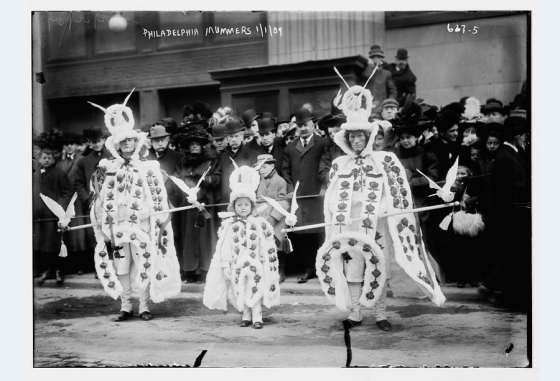








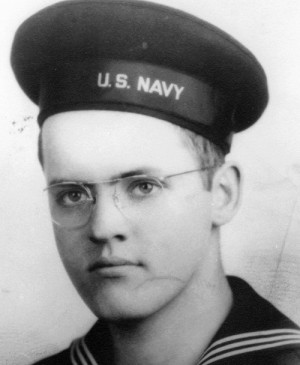 Check out my other blog
Check out my other blog I'M PUBLISHED
I'M PUBLISHED I'm Published Again
I'm Published Again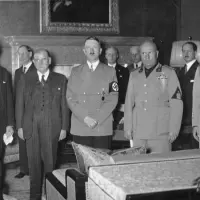
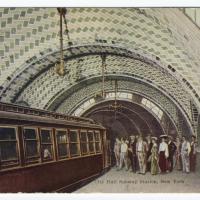
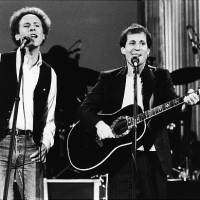

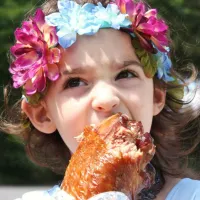
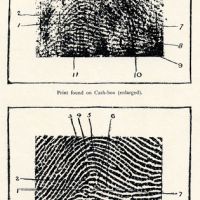


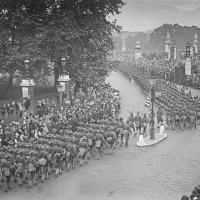
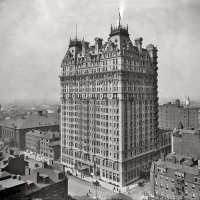
I have heard of Mummer’s but didn’t know much else except it came from Sweden. the costumes here are fabulous equal to the Mardi Gras in Venice (It’s called something else but my mind is slow).
LikeLike
The Mummers are great.
LikeLike